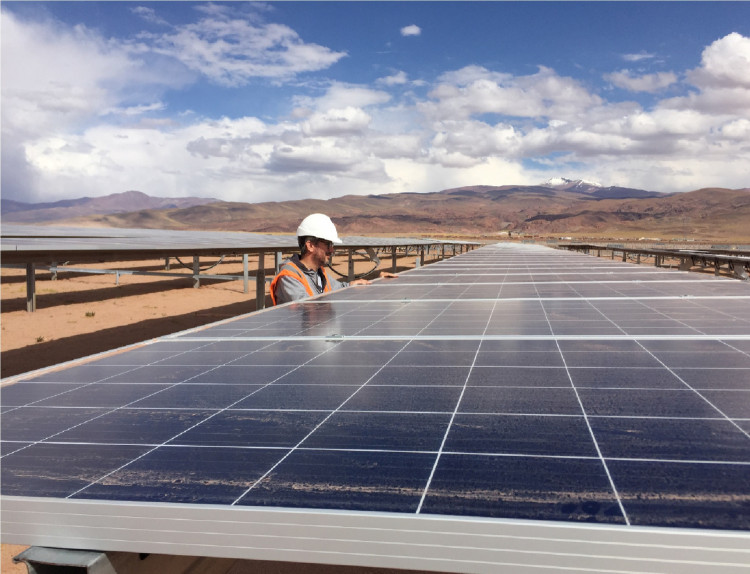Located on the northern region of Argentina is South America's largest solar farm. This huge project is funded by China, and it also uses technology straight from the Asian superpower.
According to some local officials where the solar farm is situated, they have tried to seek financial support and technological support from the United States and Europe but to no avail. During negotiations, potential backers and partners were overwhelmed by the massive scale and ambition of the project. On top of that sits fiscal problems of Argentina's Jujuy province which is considered as one of the poorest in the country.
While potential investors from the United States and Europe were spooked by the scale of the project, the Import-Export Bank of China saw it in a totally different perspective. The state-owned institution agreed to back the project and provided 85 percent of the project's budget, a massive $400 million.
The terms of the loan are relatively easy. The parties involved agreed to a 3 percent annual interest over the span of the next 15 years. A person with insider knowledge of the deal describes it as "cheap money," especially for people of Jujuy. There is only one catch to the deal, 80 percent of the materials to be used in the project will be purchased from Chinese suppliers. One of the suppliers of the project is the Chinese tech giant Huawei.
The massive solar farm project is called the Cauchari. Many observers have noted that this project will be another badge to China's growing influence outside of its home region. It also puts China as a front-runner for the adoption of clean-energy technology. This particular aspect of the project puts China in a positive light, especially from countries and organizations that continue to push the adoption of clean-energy and the halt for fossil fuel. It is also important to note that while China embraces clean-energy solutions, U.S. President Donald Trump is doubling down on fossil fuel and further distancing his country to the rest of the world.
According to Institute for Energy Economics and Financial Analysis director Tim Buckley, "It is a way of expanding China's growing global presence and dominant economic force, and it progressively reorients the world from the US and European-centric view of the last fifty years."
China's massive investments are rattling its closest rival, the United States. With this latest investment in Argentina, right around the US region, China is bringing its economic might right next to it's rival's doorstep.






